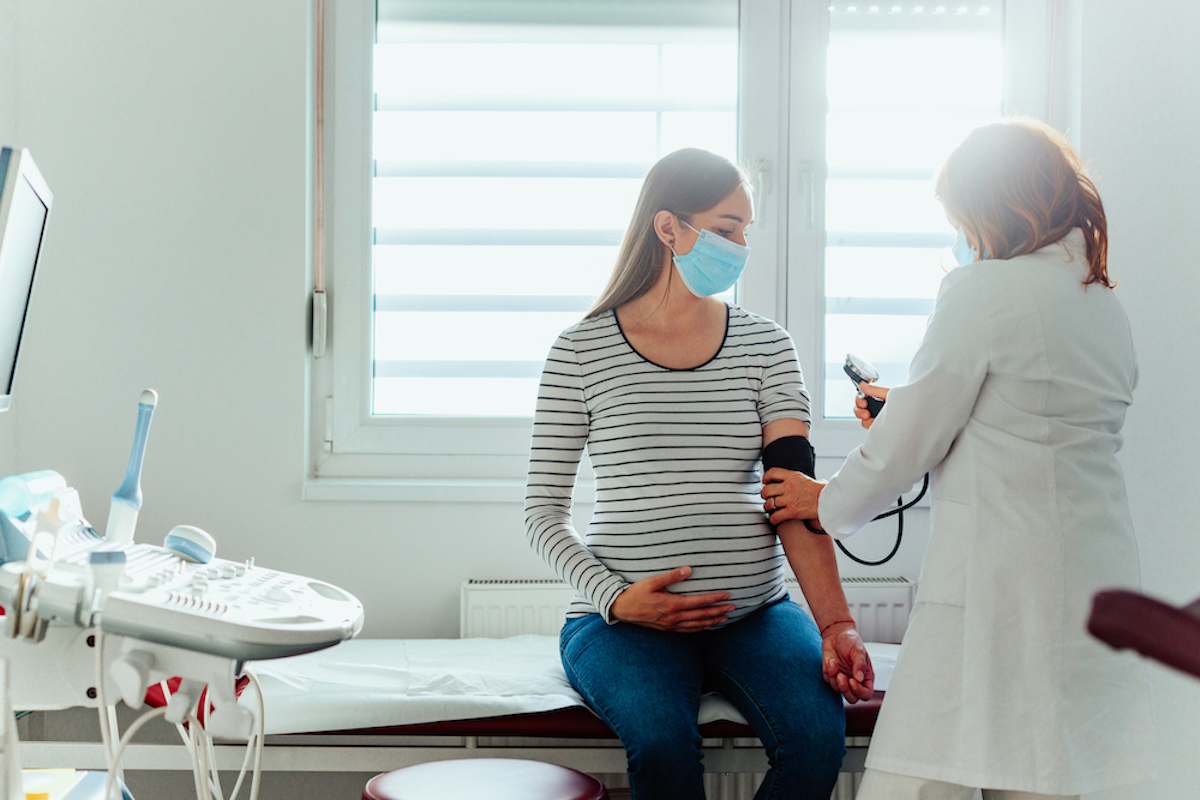We’ve got ants! My wife is in her 36th week of pregnancy for our first child, and we’re deep into final preparations. I reviewed a wide variety of options at the hardware store, but obviously we’re both a bit nervous about chemicals right now. As a general rule, the “kill sprays” seem a bit like overkill for our situation, as we’re mostly focused on stopping the ants at wherever the source is.
The active ingredient in a foam guard product (which fills in crevices that the ants might be coming in through) is deltamethrin, which has some conflicting information online but seems mostly okay. The active ingredient in the traps is borax, which seems okay as well but with some flags for the first trimester in pregnancy.
Having all these various chemicals around makes us a bit wary so late in the game! We ended up just creating a tea tree solution (2 cups water +10-15 drops) and wiping down our floors and baseboards in the couple of rooms that seemed the most suspect.
Do you have any advice on the use of these sorts of household pesticides during pregnancy? Are you aware of any legitimate studies that have looked at these chemicals and their impact?
—Antsy in Prospect Heights
This exact thing happened to me, at virtually the exact same time in my second pregnancy. I hate bugs, and although they are harmless, the ants drove me crazy. Jesse tried to get me to ignore them, but I couldn’t because they are so gross. We also had a 3-year-old, so there was even less interest in having chemicals around.
The first thing I want to note is that ants are mostly seasonal, and they are likely to go away as it gets warmer. I say this because the worst thing for me was the fear that they would multiply and multiply, and then I’d have a baby and ants would just be falling from the ceiling. That won’t happen!
Kill sprays for ants are overkill (ha). Save that for the wasps.
Both deltamethrin and borax are broadly safe in this situation. The concerns you’d raise with these are more about ingestion than exposure; in pregnant rats, ingestion of high levels of both deltamethrin and borax has been shown to be associated with birth defects. The only possible exposure you would have here is physical, and deltamethrin in particular is used in mosquito nets that are designed for pregnant women. Exposure through physical contact is quite minimal due to the limited absorption through skin.
I might worry about traps or spray if you have a toddler (or pet) around who was going to possibly put them in their mouth, but there isn’t a strong reason to worry about it for your pregnant wife.
Tea tree oil is one of several other solutions, including what we used, which is peppermint oil. A plus with the mint is that it smells nice. In both cases, they work because ants do not like the smell, so eventually they go elsewhere. Of course, they will eventually go elsewhere anyway, so in the end this may be a bit of tilting at windmills.
Congratulations on the impending baby!


















Log in